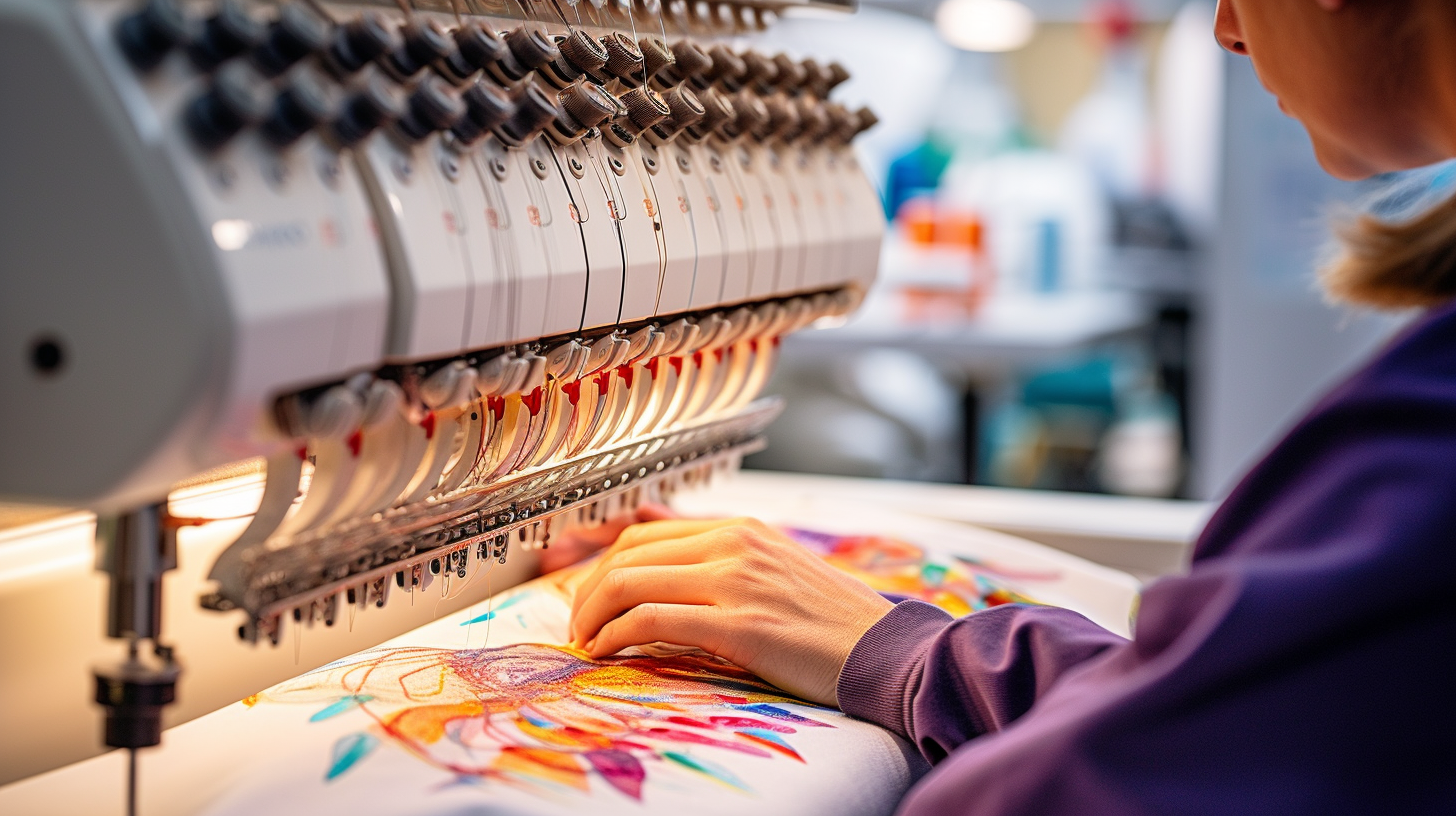Streamlining the Art of Needlework Digitizing: Step-by-Step Overview
Needlework digitizing is a meticulous craft that requires precision and imagination. As technology remains to development, the digitization process has actually become more available, permitting enthusiasts to bring their detailed designs to life effortlessly. In this guide, we will certainly unwind the intricacies of embroidery digitizing, damaging down each action systematically to improve the procedure and encourage both novices and experienced embroiderers alike. Remain tuned to uncover how you can simplify this detailed art form and change your creative visions into magnificently embroidered masterpieces.
Recognizing Needlework Digitizing Software Program
Needlework digitizing software functions as a critical device for transforming complex styles into electronic layouts compatible with needlework equipments, assisting in exact stitching and personalization. This specific software allows individuals to import numerous picture documents styles, such as JPG or PNG, and convert them into embroidery machine-readable styles like DST, EXP, or PES - Digitizing for Embroidery. By utilizing features like stitch editing, padding options, and thread color option, digitizing software application makes it possible for customers to control every aspect of the design procedure
Moreover, advanced needlework digitizing software offers devices for developing intricate designs, readjusting stitch density, and integrating intricate information. Users can additionally preview the layout before sewing it out, guaranteeing precision and reducing mistakes. Additionally, numerous software program programs provide automatic functions that assist simplify the digitizing process, conserving time and effort.
Comprehending the capabilities of needlework digitizing software program is crucial for achieving top notch outcomes in embroidery tasks. By mastering this device, embroidery lovers and experts can unleash their creative thinking and bring complex designs to life with precision and efficiency.

Picking the Right Design Data
After familiarizing on your own with the capacities of needlework digitizing software, the following crucial action in the procedure is picking the appropriate style apply for your job. Digitizing for Embroidery. When selecting a design data for needlework digitizing, it's necessary to take into consideration the complexity of the style, the dimension of the final product, and the sort of material you will certainly be collaborating with
For elaborate layouts with fine information, a high-resolution image or vector documents is recommended to make sure that the embroidery maker can properly recreate the design. In addition, the dimension of the end product plays a substantial function in picking the appropriate style documents. Larger styles might need higher resolution documents to keep clearness and intensity.
Moreover, the kind of material you will certainly be stitching on affects the option of layout file. Various textiles might require modifications in the design data to make certain that the stitches are properly lined up and the design looks like planned. By carefully selecting the right layout data based on these aspects, you can set yourself up for an effective needlework digitizing procedure.
Digitizing Devices and Strategies
Using specialized software and accuracy strategies, digitizing tools are necessary in transforming detailed layouts into embroidery-ready documents. Needlework digitizing software, such as Wilcom, Hatch, or Embrilliance, supplies the required system to transform art work into stitch data. These programs supply attributes like stitch modifying, padding choices, and text tools to ensure the layout equates perfectly onto textile.
Among the essential methods in digitizing is developing a clear path for the needlework equipment to follow. This entails digitizing each aspect of the design with accuracy, establishing stitch kinds, densities, and instructions. By utilizing find out this here devices like digitizing tablets or software-specific plugins, embroiderers can achieve a high level of accuracy in their digitized layouts.
Additionally, grasping the art of padding sewing is important for producing quality embroidery. Underlay stitching maintains the fabric and creates a structure for the style, guaranteeing that the final product is both visually attractive and durable. By understanding these digitizing tools and methods, embroiderers can raise their craft and bring detailed layouts to life with precision and efficiency.
Personalizing Stitch Types and Instructions
The choice of stitch types can substantially impact the overall look and appearance of the embroidered design. By purposefully integrating these stitch types, embroiderers can attain deepness and dimension in their designs.
In addition, the instructions of stitches plays an important duty in improving the visual allure of the last embroidery. By exploring with different stitch angles and patterns, embroiderers can bring their designs to life with amazing information and complexity.
Testing and Refining Your Digitized Layout
To make sure the precision and high quality of your digitized design, thorough testing and refinement are important action in the embroidery digitizing process. Once you have actually completed the digitization of your style, it is essential to check it prior to waging the real needlework. Testing enables you to recognize any potential concerns such as string breaks, sew thickness problems, or style distortions that may affect the result.

After screening, it is necessary to fine-tune your discover this info here digitized design based upon the comments from the examination sew-out. This might include tweaking sew setups, changing densities, or making adjustments to the total style to achieve the wanted outcome. By iterating with testing and improvement, you can tweak your digitized layout to excellence before moving on with the actual needlework process.
Final Thought
In conclusion, understanding the art of needlework digitizing calls for a complete understanding of the software, selecting the appropriate style data, utilizing digitizing devices and techniques, personalizing stitch types and more directions, and testing and fine-tuning the digitized design. By following these actions, embroiderers can streamline the digitizing process and develop high-quality embroidered designs with accuracy and performance.